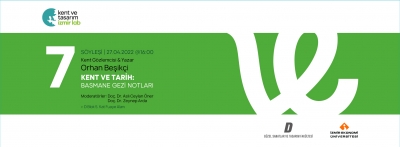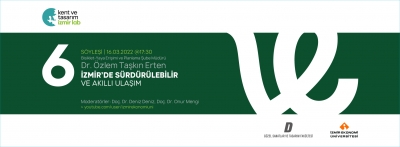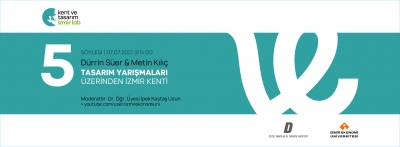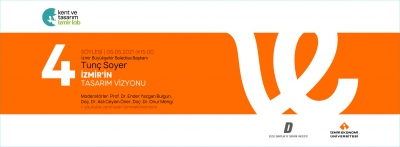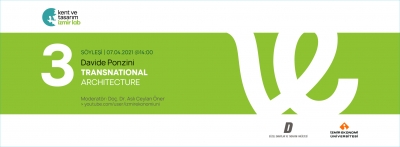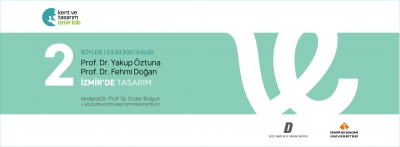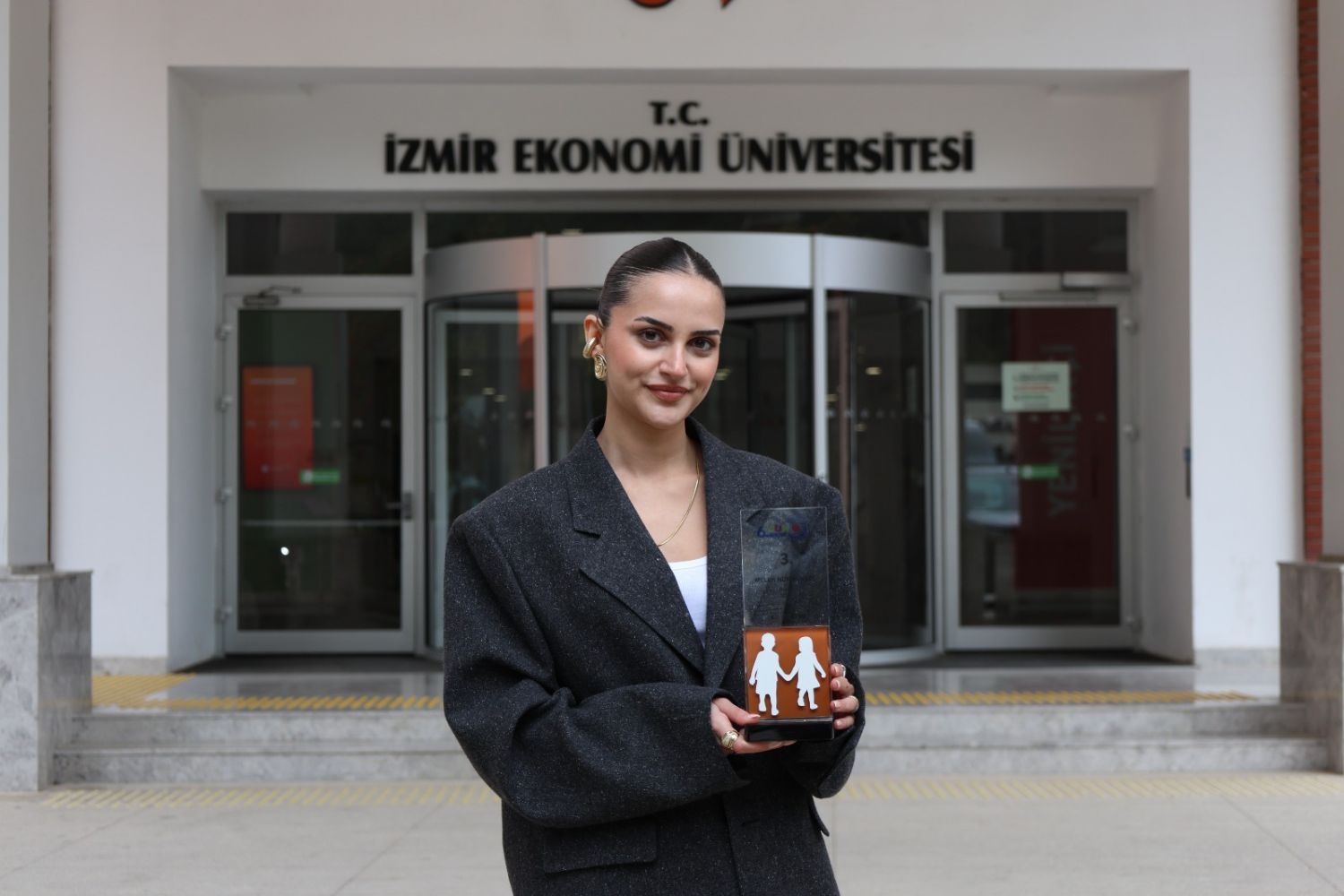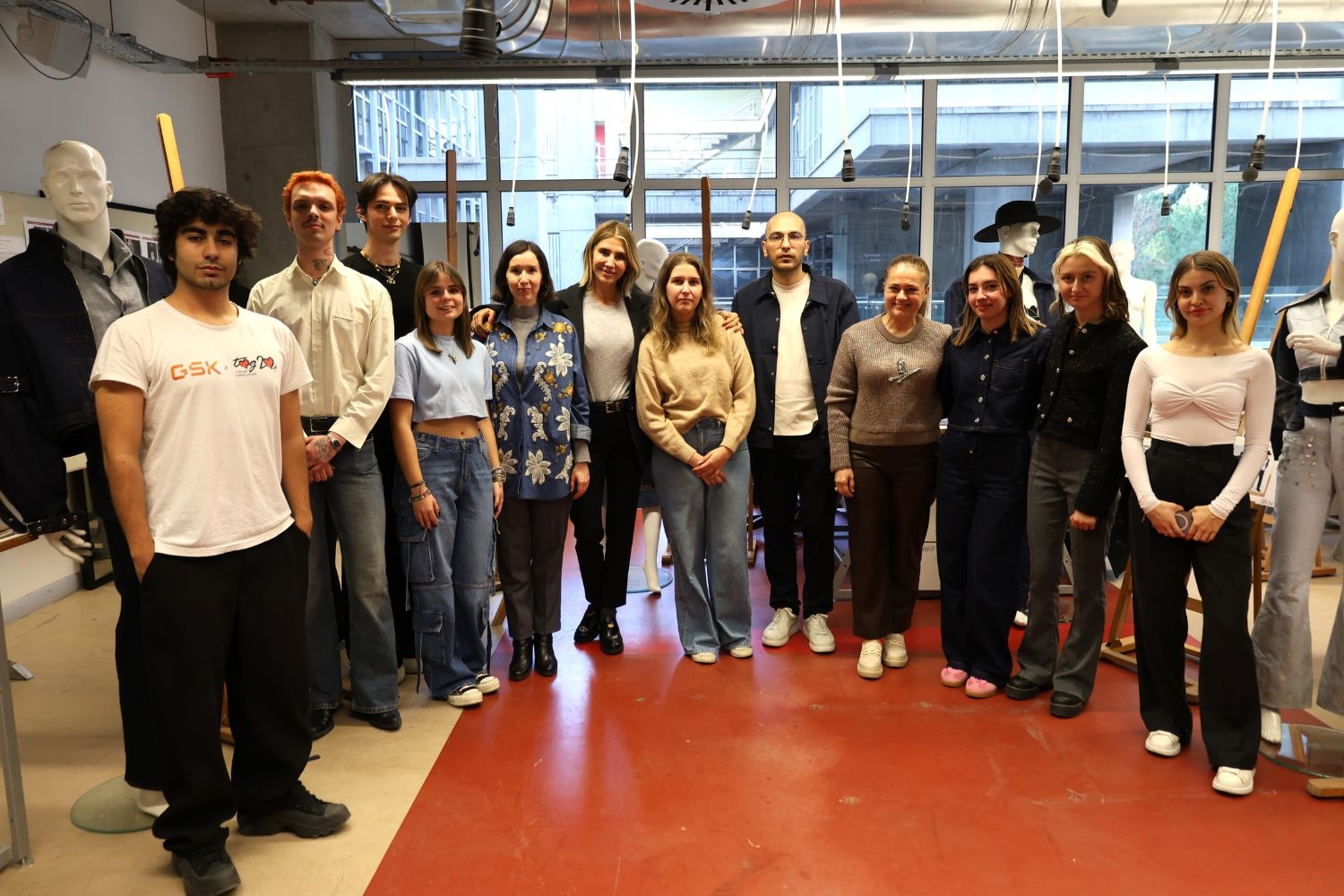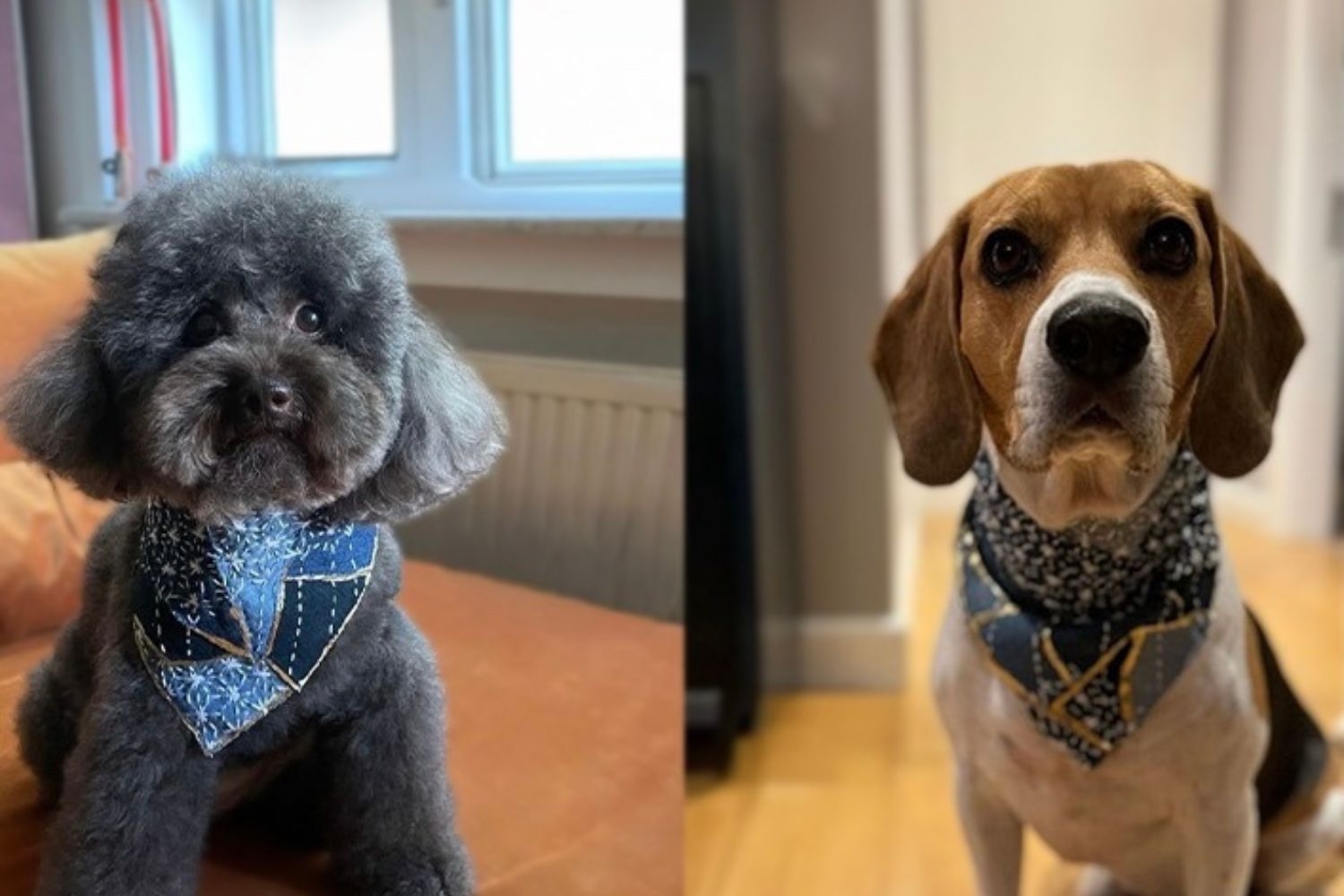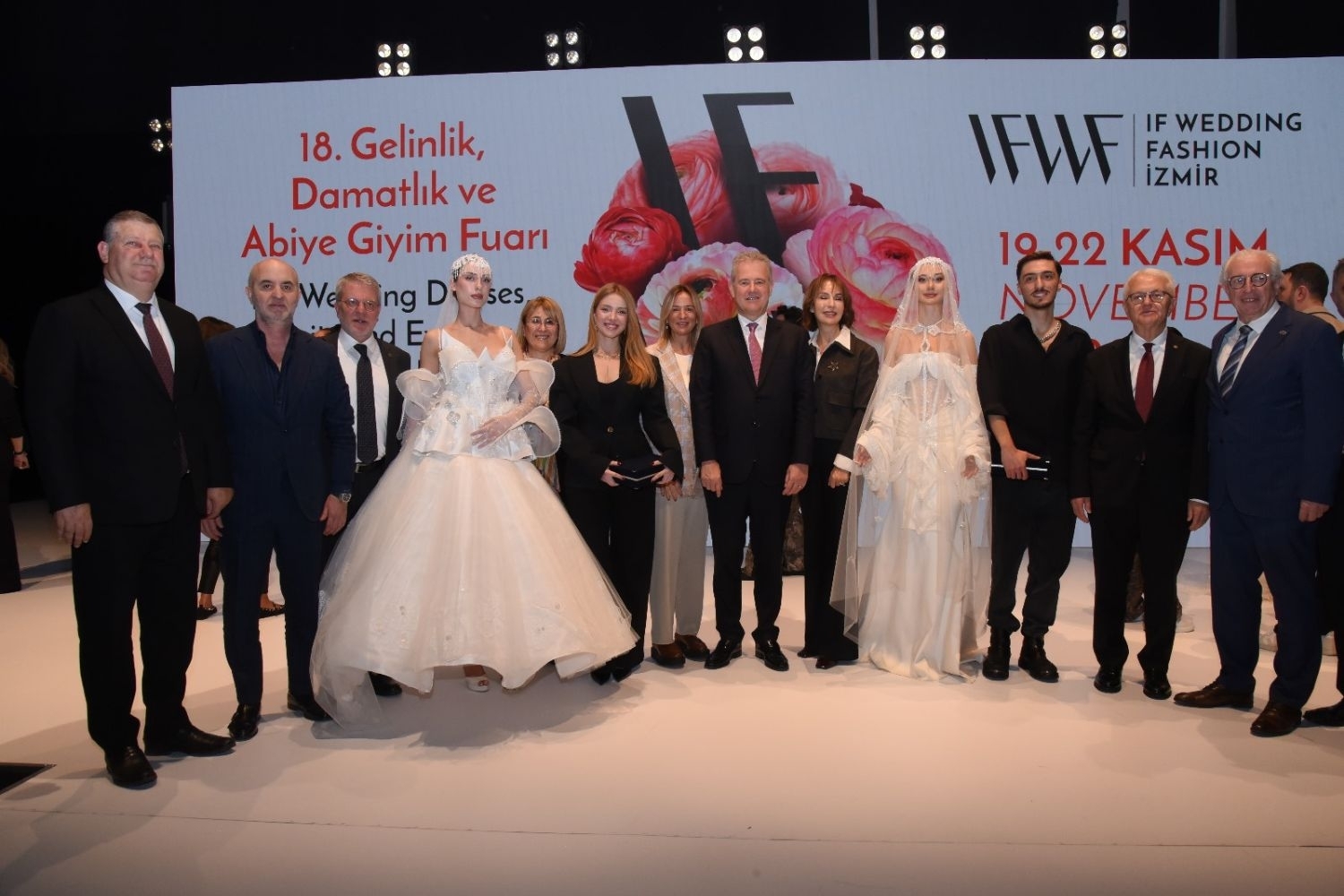FACULTY OF FINE ARTS AND DESIGN
Department of Textile and Fashion DesignFD 302 | Course Introduction and Application Information
| Course Name |
Fashion Design Studio: Collection III
|
|
Code
|
Semester
|
Theory
(hour/week) |
Application/Lab
(hour/week) |
Local Credits
|
ECTS
|
|
FD 302
|
Spring
|
2
|
6
|
5
|
10
|
| Prerequisites |
None
|
|||||
| Course Language |
English
|
|||||
| Course Type |
Required
|
|||||
| Course Level |
First Cycle
|
|||||
| Mode of Delivery | face to face | |||||
| Teaching Methods and Techniques of the Course | Critical feedbackJuryField trip / ObservationApplication: Experiment / Laboratory / WorkshopLecture / Presentation | |||||
| National Occupation Classification | - | |||||
| Course Coordinator | ||||||
| Course Lecturer(s) | ||||||
| Assistant(s) | - | |||||
| Course Objectives | This course aims to enhance students' creative potential and design understanding by raising awareness of the fashion market and brand identities. In this course, students are expected to develop fashion collections in line with project briefs by following various research, design, and production processes. These projects, aligned with current issues in the fashion industry, help students acquire the technical knowledge and artistic skills necessary to produce and present fashion collections targeted at diverse audiences. |
| Learning Outcomes |
The students who succeeded in this course;
|
| Course Description | The course begins with a craft-oriented fashion design project, in which traditional production methods are interpreted through contemporary fashion approaches. It then continues with a ready-to-wear project prioritizing current fashion trends and industry expectations. |
| Related Sustainable Development Goals |
|
|
Core Courses | |
| Major Area Courses |
X
|
|
| Supportive Courses | ||
| Media and Management Skills Courses | ||
| Transferable Skill Courses |
WEEKLY SUBJECTS AND RELATED PREPARATION STUDIES
| Week | Subjects | Related Preparation |
| 1 | Introduction of the course, syllabus, and course materials / PROJECT 1: Craft Couture: Revisiting Tradition in Contemporary Fashion │ Introduction Design Research and Concept Development: Identifying Key Visuals, Concepts and Color Palette / Studio Critique 1 │ Concept Board (%5) | Mbonu, E. (2014). Fashion Design Research. Laurence King Publishing. ISBN: 978-1-78067-179-6, p. 8-53. |
| 2 | Studio Critique 2 │ Collection Development (%5) / Studio Critique 3 │ Material Research and Fabric Manipulations (%5) | Hopkins, J. (2009). Basics fashion design 05: Fashion drawing. AVA Publishing. ISBN: 978-2-940411-15-3, p. 48-77. Renfrew, E., & Renfrew, C. (2009). Basics Fashion Design 04: Developing a Collection. AVA Publishing. ISBN: 978-2-940373-95-6, p.10-51. Udale, J. (2008). Basics Fashion Design 02: Textiles and Fashion. AVA Publishing. ISBN: 978-2-940373-64-2, p. 24-35, 40-109. Wolff, C. (1999). The Art of Manipulating Fabric, Krause Publications. ISBN: 9780801984969 |
| 3 | Studio Critique 4 │ Technical Drawings (%5) | Hopkins, J. (2009). Basics fashion design 05: Fashion drawing. AVA Publishing. ISBN: 978-2-940411-15-3, p. 78-95. Szkutnicka, B. (2017). Flats: Technical drawing for fashion, second edition: A complete guide. Laurence King. ISBN: 978-1780678375, p.184-216. |
| 4 | Studio Critique 5 │ Product Development (%5) | Fischer, A. (2008). Basics Fashion Design 03: Construction. AVA Publishing. ISBN: 978-2-940373-75-8. Kiisel, K. (2013). Draping: The complete course. Laurence King Publishing. ISBN: 978 1 78067 093 5. Szkutnicka, B. (2017). Flats: Technical drawing for fashion, second edition: A complete guide. Laurence King. ISBN: 978-1780678375, p.184-216. |
| 5 | Studio Critique 5 │ Product Development (continues) | Fischer, A. (2008). Basics Fashion Design 03: Construction. AVA Publishing. ISBN: 978-2-940373-75-8. Kiisel, K. (2013). Draping: The complete course. Laurence King Publishing. ISBN: 978 1 78067 093 5. Szkutnicka, B. (2017). Flats: Technical drawing for fashion, second edition: A complete guide. Laurence King. ISBN: 978-1780678375, p.184-216. |
| 6 | Studio Critique 5 │ Product Development (continues) / Collection Presentation and Communication │ Presentation Board + Styling + Photo Shooting | Buckley, C., & McAssey, J. (2011). Basics Fashion Design 08: Styling. AVA Publishing. ISBN: 978-2940411399, p.112-149. |
| 7 | Craft Couture: Revisiting Tradition in Contemporary Fashion │ Oral Exam (%15) / PROJECT 2: Trend Oriented Ready-to-Wear Project │ Introduction Studio Critique 6 │ Concept Board + Market Research Board + Customer Profile Board (%5) | Mbonu, E. (2014). Fashion Design Research. Laurence King Publishing. ISBN: 978-1-78067-179-6. Zoom on Fashion Trends, S/S 2026 + AW 2026.27, ISSN: 9771125-680002-50075. |
| 8 | Studio Critique 7 │ Collection Development (%5) / Studio Critique 8 │ Material Research and Fabric Manipulations/Surface Designs (%5) | Udale, J. (2014). Fashion Knitwear. Laurence King Publishing. ISBN: 978-1-78067-343-1. Udale, J. (2014b). Textiles and Fashion: Exploring printed textiles, knitwear, embroidery, menswear and womenswear (2nd ed.). AVA Publishing. ISBN: 978-2-9404-4768-8. Renfrew, E., & Renfrew, C. (2009). Basics Fashion Design 04: Developing a Collection. AVA Publishing. ISBN: 978-2-940373-95-6, p.10-51. Sissons, J. (2018). Knitwear: An introduction to contemporary design (2nd ed.). Bloomsbury Visual Arts. ISBN: 978-1-4742-5174-7. |
| 9 | MIDTERM WEEK | |
| 10 | Studio Critique 9 │ Range Plan (%5) / Technical Trip (This date is given as an estimate. Necessary announcements regarding the technical trip will be made during the semester) | Hopkins, J. (2009). Basics fashion design 05: Fashion drawing. AVA Publishing. ISBN: 978-2-940411-15-3. p. 78-95. Szkutnicka, B. (2017). Flats: Technical drawing for fashion, second edition: A complete guide. Laurence King. ISBN: 978-1780678375, p.184-216. |
| 11 | Studio Critique 10 │ Look 1 - Product Development (%5) | Fischer, A. (2008). Basics Fashion Design 03: Construction. AVA Publishing. ISBN: 978-2-940373-75-8. Kiisel, K. (2013). Draping: The complete course. Laurence King Publishing. ISBN: 978 1 78067 093 5. |
| 12 | Studio Critique 10 │ Look 1 - Product Development (continues) | Fischer, A. (2008). Basics Fashion Design 03: Construction. AVA Publishing. ISBN: 978-2-940373-75-8. Kiisel, K. (2013). Draping: The complete course. Laurence King Publishing. ISBN: 978 1 78067 093 5. |
| 13 | Studio Critique 11 │ Look 2 - Product Development (%5) | Fischer, A. (2008). Basics Fashion Design 03: Construction. AVA Publishing. ISBN: 978-2-940373-75-8. Kiisel, K. (2013). Draping: The complete course. Laurence King Publishing. ISBN: 978 1 78067 093 5. |
| 14 | Studio Critique 11 │ Look 2 - Product Development (continues) | Fischer, A. (2008). Basics Fashion Design 03: Construction. AVA Publishing. ISBN: 978-2-940373-75-8. Kiisel, K. (2013). Draping: The complete course. Laurence King Publishing. ISBN: 978 1 78067 093 5. |
| 15 | Collection Presentation and Communication │ Presentation Boards + Styling + Photo Shooting / Studio Critique 12 │ Pre-Jury Evaluation (%5) | Fischer, A. (2008). Basics Fashion Design 03: Construction. AVA Publishing. ISBN: 978-2-940373-75-8. Kiisel, K. (2013). Draping: The complete course. Laurence King Publishing. ISBN: 978 1 78067 093 5. Buckley, C., & McAssey, J. (2011). Basics Fashion Design 08: Styling. AVA Publishing. ISBN: 978-2940411399, p.112-149. |
| 16 | Review of the Semester / PROJECT 2: Trend Oriented Ready-to-Wear Project │ Jury Presentation (%25) |
| Course Notes/Textbooks | There is no textbook required for the course. |
| Suggested Readings/Materials | Buckley, C., & McAssey, J. (2011). Basics Fashion Design 08: Styling. AVA Publishing. ISBN: 978-2940411399. Fischer, A. (2008). Basics Fashion Design 03: Construction. AVA Publishing. ISBN: 978-2-940373-75-8. Hopkins, J. (2009). Basics fashion design 05: Fashion drawing. AVA Publishing. ISBN: 978-2-940411-15-3. Kiisel, K. (2013). Draping: The complete course. Laurence King Publishing. ISBN: 978 1 78067 093 5. Mbonu, E. (2014). Fashion Design Research. Laurence King Publishing. ISBN: 978-1-78067-179-6. Renfrew, E., & Renfrew, C. (2009). Basics Fashion Design 04: Developing a Collection. AVA Publishing. ISBN: 978-2-940373-95-6. Sissons, J. (2018). Knitwear: An introduction to contemporary design (2nd ed.). Bloomsbury Visual Arts. ISBN: 978-1-4742-5174-7. Szkutnicka, B. (2017). Flats: Technical drawing for fashion, second edition: A complete guide. Laurence King. ISBN: 978-1780678375. Udale, J. (2008). Basics Fashion Design 02: Textiles and Fashion. AVA Publishing. ISBN: 978-2-940373-64-2. Udale, J. (2014). Fashion Knitwear. Laurence King Publishing. ISBN: 978-1-78067-343-1. Udale, J. (2014b). Textiles and Fashion: Exploring printed textiles, knitwear, embroidery, menswear and womenswear (2nd ed.). AVA Publishing. ISBN: 978-2-9404-4768-8. Wolff, C. (1999). The Art of Manipulating Fabric, Krause Publications. ISBN: 9780801984969. Zoom on Fashion Trends, S/S 2026 + AW 2026.27, ISSN: 9771125-680002-50075. |
EVALUATION SYSTEM
| Semester Activities | Number | Weigthing |
| Participation | ||
| Laboratory / Application | ||
| Field Work | ||
| Quizzes / Studio Critiques |
12
|
60
|
| Portfolio | ||
| Homework / Assignments | ||
| Presentation / Jury |
1
|
25
|
| Project | ||
| Seminar / Workshop |
-
|
|
| Oral Exams |
1
|
15
|
| Midterm | ||
| Final Exam | ||
| Total |
| Weighting of Semester Activities on the Final Grade |
14
|
100
|
| Weighting of End-of-Semester Activities on the Final Grade | ||
| Total |
ECTS / WORKLOAD TABLE
| Semester Activities | Number | Duration (Hours) | Workload |
|---|---|---|---|
| Theoretical Course Hours (Including exam week: 16 x total hours) |
16
|
2
|
32
|
| Laboratory / Application Hours (Including exam week: '.16.' x total hours) |
16
|
6
|
96
|
| Study Hours Out of Class |
14
|
3
|
42
|
| Field Work |
0
|
||
| Quizzes / Studio Critiques |
12
|
7
|
84
|
| Portfolio |
0
|
||
| Homework / Assignments |
0
|
||
| Presentation / Jury |
1
|
25
|
25
|
| Project |
0
|
||
| Seminar / Workshop |
-
|
-
|
0
|
| Oral Exam |
1
|
21
|
21
|
| Midterms |
0
|
||
| Final Exam |
0
|
||
| Total |
300
|
COURSE LEARNING OUTCOMES AND PROGRAM QUALIFICATIONS RELATIONSHIP
|
#
|
Program Competencies/Outcomes |
* Contribution Level
|
|||||
|
1
|
2
|
3
|
4
|
5
|
|||
| 1 |
To be able to develop and design a collection independently. |
-
|
-
|
-
|
X
|
-
|
|
| 2 |
To be able to do maintain a design research individually or as a team. |
-
|
-
|
-
|
X
|
-
|
|
| 3 |
To be able to develop entrepreneurship- and managerial skills for a future professional practice. |
-
|
-
|
-
|
-
|
-
|
|
| 4 |
To be able to understand, interpret and apply theoretical knowledge in fashion and textile design. |
-
|
X
|
-
|
-
|
-
|
|
| 5 |
To be able to analyze and integrate the particular local and regional needs and of their profession. |
-
|
X
|
-
|
-
|
-
|
|
| 6 |
To be able to obtain a multidisciplinary point of view, follow and analyze the new issues, changes and trends in contemporary design and art in such a way that they can be integrated into design practice. |
-
|
-
|
X
|
-
|
-
|
|
| 7 |
To be able to apply industrial requirements, knowledge of material & usage and know-how knowledge in the creation of high quality fashion products. |
-
|
-
|
-
|
X
|
-
|
|
| 8 |
To be able to use digital information and communication technologies at a level that is adequate to the discipline of fashion and textile design. |
-
|
-
|
X
|
-
|
-
|
|
| 9 |
To be able to develop an ongoing analytical and professional approach to academic and design research. |
-
|
X
|
-
|
-
|
-
|
|
| 10 |
To be able to recognize the need and importance of a personal lifelong learning attitude towards their chosen area of interest. |
X
|
-
|
-
|
-
|
-
|
|
| 11 |
To be able to collect data in the areas of fashion and textile design and communicate with colleagues in a foreign language ("European Language Portfolio Global Scale", Level B1). |
-
|
-
|
-
|
-
|
-
|
|
| 12 |
To be able to speak a second foreign at a medium level of fluency efficiently. |
-
|
-
|
-
|
-
|
-
|
|
| 13 |
To be able to relate the knowledge accumulated throughout the human history to their field of expertise. |
-
|
-
|
-
|
-
|
-
|
|
*1 Lowest, 2 Low, 3 Average, 4 High, 5 Highest
NEWSALL NEWS

IZMIR UNIVERSITY OF ECONOMICS GÜZELBAHÇE CAMPUS
DetailsGLOBAL CAREER
As Izmir University of Economics transforms into a world-class university, it also raises successful young people with global competence.
More..CONTRIBUTION TO SCIENCE
Izmir University of Economics produces qualified knowledge and competent technologies.
More..VALUING PEOPLE
Izmir University of Economics sees producing social benefit as its reason for existence.
More..









